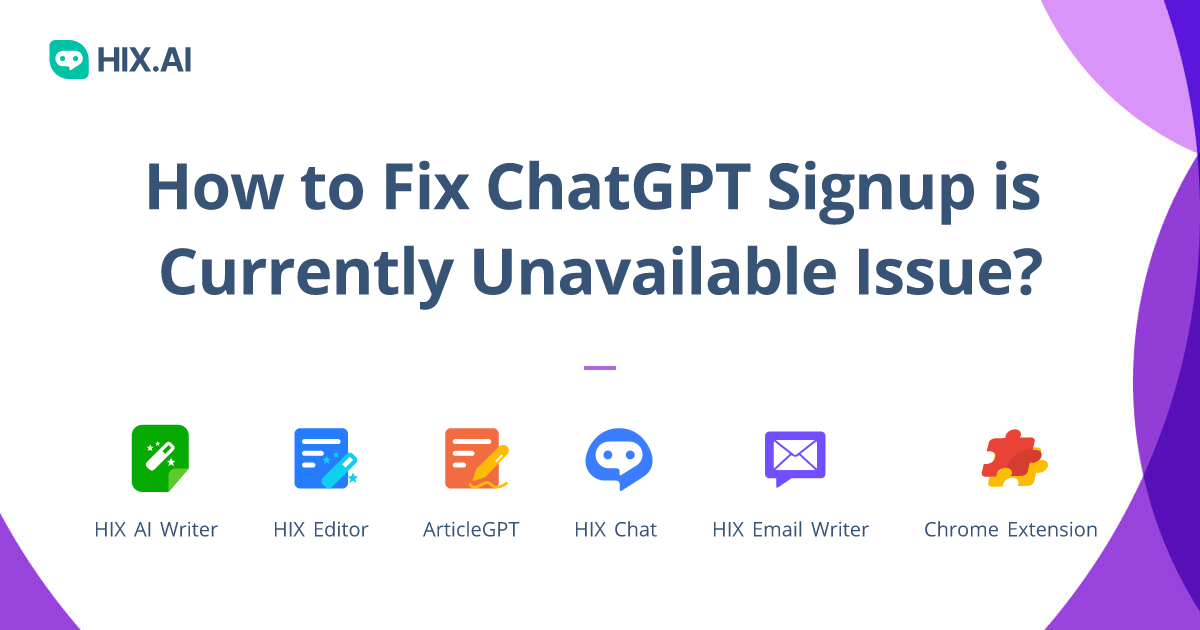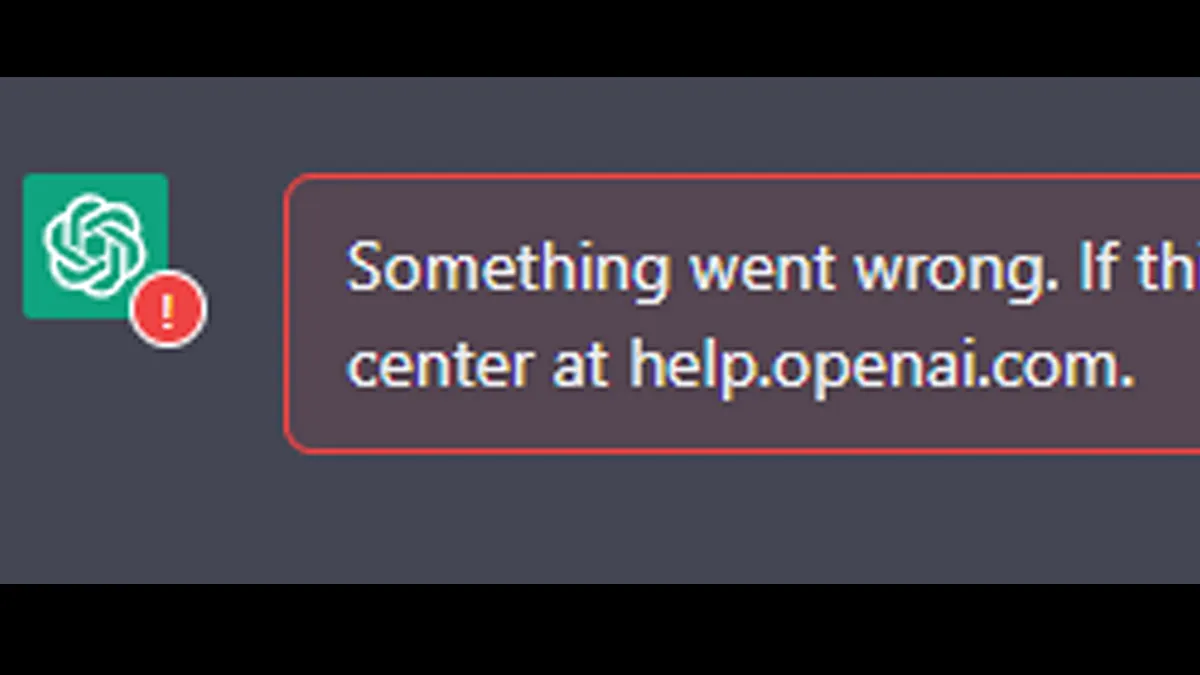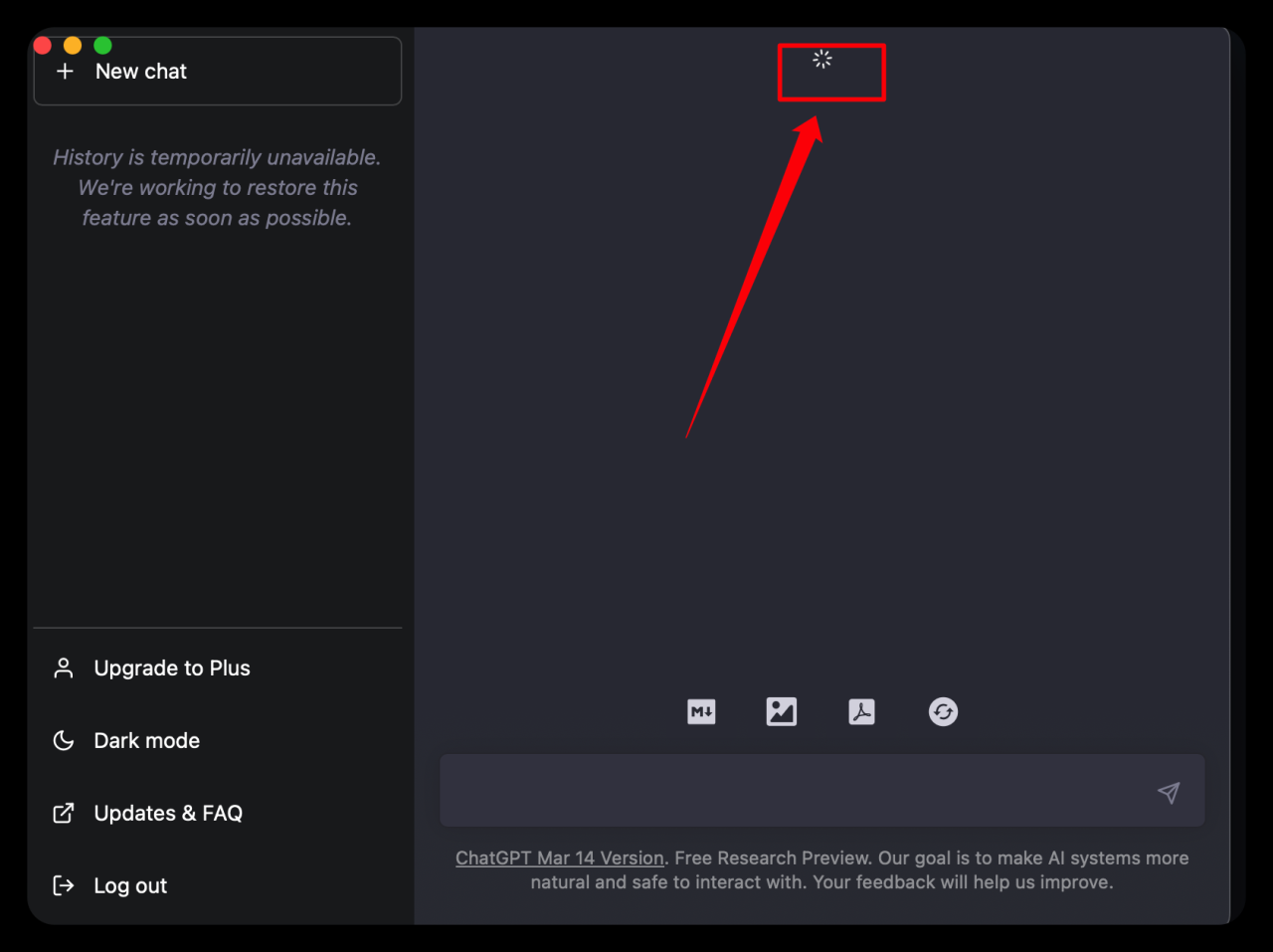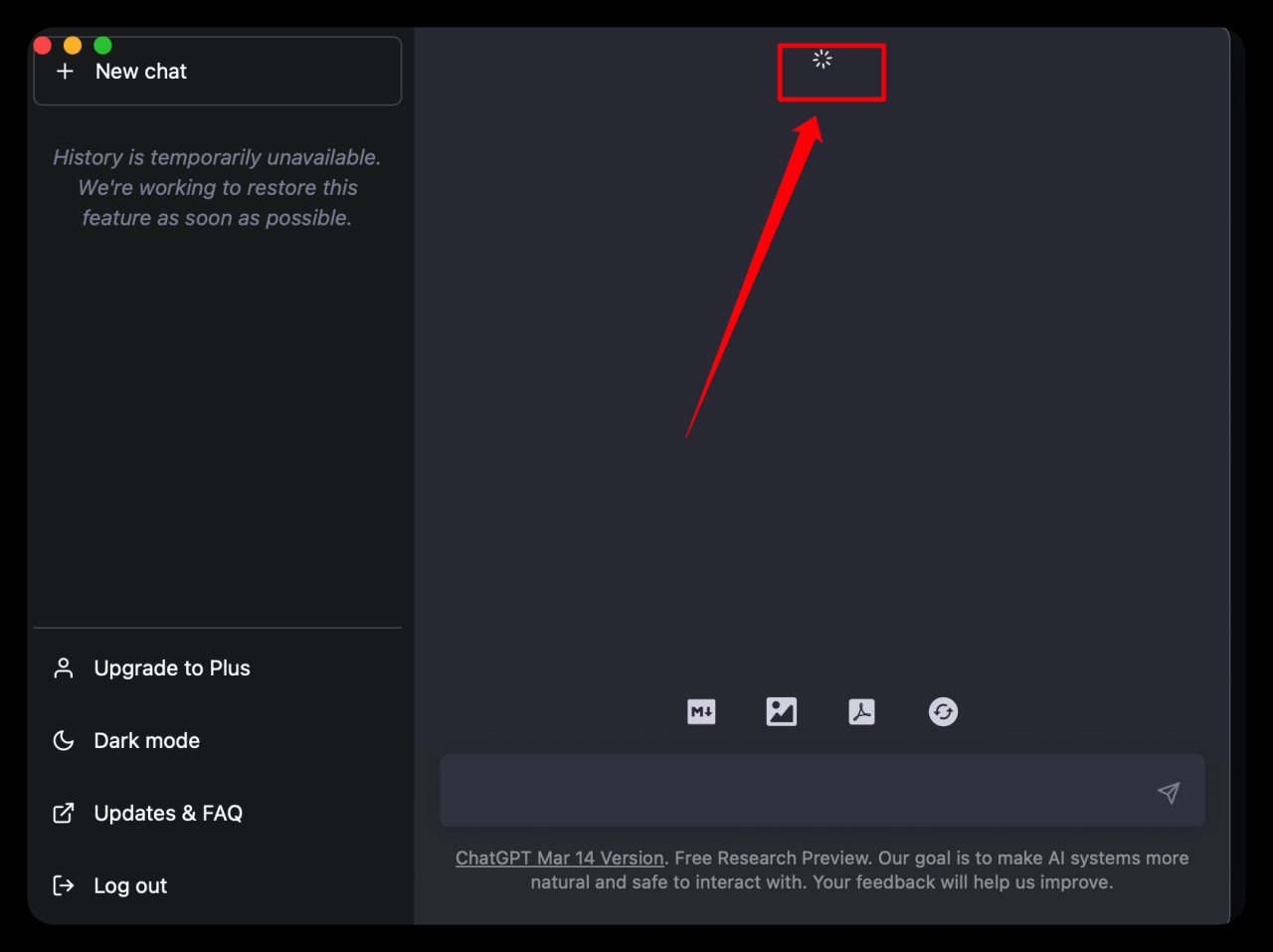Chat GPT down? It happens. These massive language models, while incredibly powerful, aren’t immune to the occasional hiccup. This guide explores the reasons behind service interruptions, their impact on users, and strategies for mitigating future disruptions. We’ll cover everything from technical causes to public perception and explore solutions to keep things running smoothly.
Hey, so you’re wondering about Chat GPT being down? It happens sometimes! To quickly check the status, see if ChatGPT is actually offline by heading over to this helpful site: is chatgpt down. Knowing whether Chat GPT is down helps you troubleshoot if you’re having problems; otherwise, you might be looking for a solution to a problem that doesn’t exist.
Understanding downtime isn’t just about fixing a problem; it’s about understanding the intricate web of infrastructure, user reliance, and public perception that surrounds these essential services. We’ll delve into the technical aspects, the user experience, and the best practices for preventing and managing outages.
Service Interruptions: Understanding and Mitigating Outages
Service interruptions are an unavoidable reality in the digital age. Understanding their causes, impact, and mitigation strategies is crucial for both service providers and users. This section explores the various aspects of service outages, from their technical origins to their public perception.
Potential Causes of Widespread Service Outages
Widespread service outages can stem from a variety of factors, ranging from hardware failures (server crashes, network equipment malfunctions) to software glitches (bugs in code, security breaches leading to denial-of-service attacks). Natural disasters, such as earthquakes or floods, can also disrupt services, impacting data centers and infrastructure. Human error, during maintenance or updates, is another significant contributor. Finally, unexpected surges in traffic can overwhelm systems, leading to slowdowns or complete outages.
Typical Recovery Time for Past Incidents
Recovery times vary significantly depending on the cause and severity of the outage. Minor issues might be resolved within minutes, while major incidents involving extensive system damage could take hours, days, or even weeks to fully rectify. For example, a large-scale cloud provider experiencing a major data center failure might see recovery times extending to several hours, impacting millions of users.
Smaller incidents, like a localized network issue, might only require a few minutes to restore service.
Mitigation Strategies Employed During Downtime
Mitigation strategies focus on minimizing the impact of outages and ensuring a swift recovery. These include implementing redundant systems (backup servers, network paths), employing load balancing to distribute traffic efficiently, and having robust disaster recovery plans in place. Regular system backups and rigorous testing of recovery procedures are essential components of effective mitigation.
ChatGPT’s down again? Seriously, this is getting annoying. It makes you wonder what other systems are experiencing outages – like maybe the one controlling that weird mystery drone everyone’s talking about. Anyway, back to ChatGPT; hopefully, it’ll be back online soon so we can all get back to our AI-powered tasks.
Communication Methods Used to Inform Users About Outages
Effective communication during outages is paramount. Common methods include email alerts, website updates, social media posts (Twitter, Facebook), and in-app notifications. The chosen method depends on the urgency and scope of the outage, as well as the user base.
Hypothetical Communication Plan for a Future Outage

A comprehensive communication plan should utilize multiple channels for maximum reach. Initial alerts via SMS and push notifications can provide immediate updates. Website updates should provide detailed information about the outage, its cause, and the estimated time of recovery. Social media platforms can serve as a hub for ongoing updates and to address user concerns. Email updates can provide more in-depth information and a summary of the situation once the outage is resolved.
User Impact: The Ripple Effect of Downtime
Service interruptions significantly impact various user groups, each with unique needs and dependencies. Understanding these impacts is crucial for designing resilient systems and effective communication strategies.
User Groups Affected by Downtime and Their Needs
Downtime affects diverse user groups, including individual consumers, businesses of all sizes, educational institutions, and government agencies. Individual users might experience disruptions to communication, entertainment, or access to essential services. Businesses might face financial losses due to operational disruptions, while educational institutions might experience delays in teaching and learning. Each group has unique needs in terms of communication, support, and service restoration.
Consequences of Downtime for Different User Types
For students, downtime could disrupt access to online learning platforms, assignments, and communication with instructors. Businesses could face significant financial losses due to interrupted operations, lost productivity, and damage to reputation. The impact of downtime is directly proportional to the user’s reliance on the service.
Impact of Short Versus Prolonged Service Disruptions
Short disruptions cause minor inconveniences, while prolonged outages can lead to significant productivity losses, financial setbacks, and reputational damage. The longer the outage, the greater the potential impact on users and the service provider.
Impact on Various User Groups Based on Service Reliance
| User Group | Low Reliance | Medium Reliance | High Reliance |
|---|---|---|---|
| Individual Consumers | Minimal impact | Moderate inconvenience | Significant disruption to daily life |
| Small Businesses | Minor delays | Reduced productivity | Severe financial losses |
| Large Enterprises | Limited operational impact | Significant operational disruptions | Critical business interruption |
| Educational Institutions | Minor scheduling adjustments | Disrupted learning activities | Significant delays in academic progress |
Scenario Detailing User Experience During a Significant Service Interruption
Imagine a major online banking platform experiencing a prolonged outage. Users are unable to access their accounts, make payments, or transfer funds. Frustration mounts as communication from the bank is slow and unclear. Businesses relying on the platform for transactions face immediate financial consequences. The overall user experience is characterized by anxiety, uncertainty, and a loss of trust in the service provider.
Technical Aspects: Infrastructure and Troubleshooting
Understanding the technical underpinnings of a service is crucial for identifying vulnerabilities and improving resilience. This section delves into the infrastructure components, monitoring systems, and troubleshooting processes involved in maintaining service availability.
Infrastructure Components Contributing to Service Failures
Several infrastructure components can contribute to service failures. These include servers, network equipment (routers, switches), databases, and application software. Failures in any of these components can trigger a cascade effect, leading to widespread outages. Outdated hardware, insufficient capacity, and inadequate security measures all increase the risk of failures.
System Architecture and its Vulnerabilities
A well-designed system architecture incorporates redundancy and fault tolerance to mitigate the impact of individual component failures. However, vulnerabilities can still exist, such as single points of failure, inadequate security protocols, and insufficient capacity planning. Regular security audits and penetration testing can help identify and address these vulnerabilities.
Monitoring Systems Used to Detect and Respond to Problems
Robust monitoring systems are essential for detecting and responding to problems proactively. These systems track key performance indicators (KPIs), such as server uptime, network latency, and application response times. Alerts are triggered when KPIs deviate from predefined thresholds, enabling prompt intervention and minimizing downtime.
Hypothetical Troubleshooting Process for a Reported Outage
A typical troubleshooting process involves verifying the problem’s scope, identifying the affected components, isolating the root cause, implementing a fix, and verifying the solution. This process often involves collaboration between different teams, including network engineers, system administrators, and application developers.
Flowchart Illustrating Steps in Resolving a Typical Service Disruption, Chat gpt down
A flowchart would visually represent the steps: 1. Outage reported; 2. Initial assessment and scope determination; 3. Root cause analysis; 4. Implementation of a solution; 5.
Testing and verification; 6. Service restoration; 7. Post-incident review and documentation.
Alternative Solutions: Ensuring High Availability
Implementing redundant systems and exploring alternative solutions are key strategies for ensuring high availability and minimizing the impact of service disruptions.
Benefits and Drawbacks of Implementing Redundant Systems
Redundant systems provide backup capacity and failover mechanisms, ensuring continued service availability even if a primary component fails. However, implementing redundant systems adds complexity and cost. The benefits outweigh the drawbacks when dealing with critical services where downtime has significant consequences.
Examples of Alternative Tools or Services Users Can Utilize During Downtime
During downtime, users can explore alternative tools or services that provide similar functionality. For example, if a primary email service is down, users can utilize a secondary email provider or a messaging app.
Reliability of Different Cloud Infrastructure Providers

Cloud providers vary in their reliability and uptime guarantees. Factors to consider include their infrastructure, security measures, and service level agreements (SLAs). Choosing a reputable provider with a strong track record of reliability is crucial for minimizing downtime risk.
Backup Plan to Ensure Continued Service Availability
A comprehensive backup plan should include redundant systems, disaster recovery sites, and procedures for quickly restoring services in case of unforeseen circumstances. Regular testing of the backup plan is essential to ensure its effectiveness.
Best Practices for Ensuring High Availability and Minimizing Downtime
- Implement redundant systems
- Regularly back up data
- Employ load balancing
- Monitor system performance
- Conduct regular security audits
- Develop a robust disaster recovery plan
- Train staff on incident response procedures
Public Perception & Response: Managing the Narrative: Chat Gpt Down
Public perception during service disruptions is significantly influenced by the service provider’s response. Effective communication and transparency are crucial for managing public relations and mitigating reputational damage.
Social Media’s Influence on Public Perception During Service Disruptions

Social media platforms amplify user experiences, both positive and negative. Negative experiences can quickly spread, impacting the service provider’s reputation. Conversely, transparent and proactive communication can build trust and mitigate negative sentiment.
Bummer, Chat GPT’s down again! Need a distraction? Maybe check out some cool drone tech from dji canada while you wait. Their website’s got some seriously impressive stuff; it might help take your mind off the Chat GPT outage until it’s back online. Hopefully, Chat GPT will be back up soon!
Examples of Effective and Ineffective Responses from Companies Facing Similar Situations
Effective responses involve prompt communication, clear updates, and empathy towards affected users. Ineffective responses are characterized by delayed communication, lack of transparency, and dismissive attitudes towards user concerns.
Strategies for Managing Public Relations During a Service Outage
Strategies for managing public relations during an outage include establishing a dedicated communication team, proactively addressing user concerns on social media, and providing regular updates through multiple channels. Transparency and honesty are paramount.
Importance of Transparency and Proactive Communication with Users
Transparency builds trust and reduces negative sentiment. Proactive communication keeps users informed and reduces anxiety. Openly acknowledging the problem, explaining the cause, and providing regular updates are essential for mitigating reputational damage.
Sample Press Release Addressing a Hypothetical Service Disruption
A sample press release would include: a headline summarizing the situation; a brief explanation of the outage; an apology to affected users; an update on the restoration efforts; and contact information for further inquiries.
Conclusion
Ultimately, dealing with service disruptions for large language models requires a multifaceted approach. From robust infrastructure and proactive monitoring to transparent communication and well-defined recovery plans, minimizing downtime is key. By understanding the causes, impacts, and solutions, we can better prepare for and manage future outages, ensuring a consistently reliable service for everyone.
FAQ Overview
What causes most service outages?
Outages can stem from various sources, including server failures, network issues, software bugs, and even external factors like power outages or DDoS attacks.
How long do outages typically last?
This varies greatly. Minor issues might be resolved in minutes, while major incidents could take hours or even days to fully fix.
What if I need help during an outage?
Check the service provider’s website or social media for updates and contact information. Many offer support channels specifically for outages.
Are there alternative tools available?
Yes, depending on your needs, other language models or tools might provide similar functionality during downtime.
